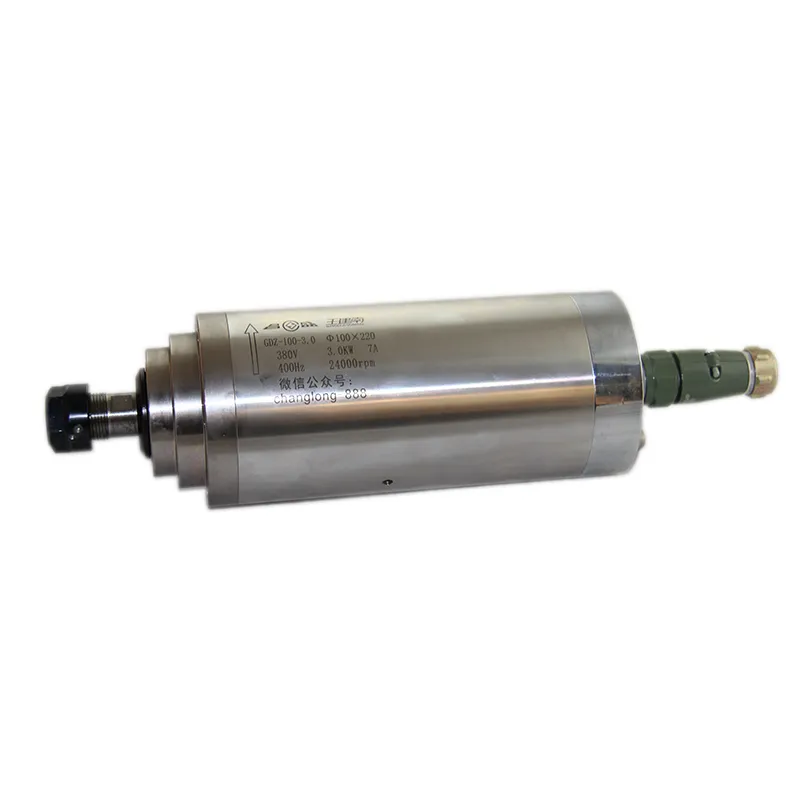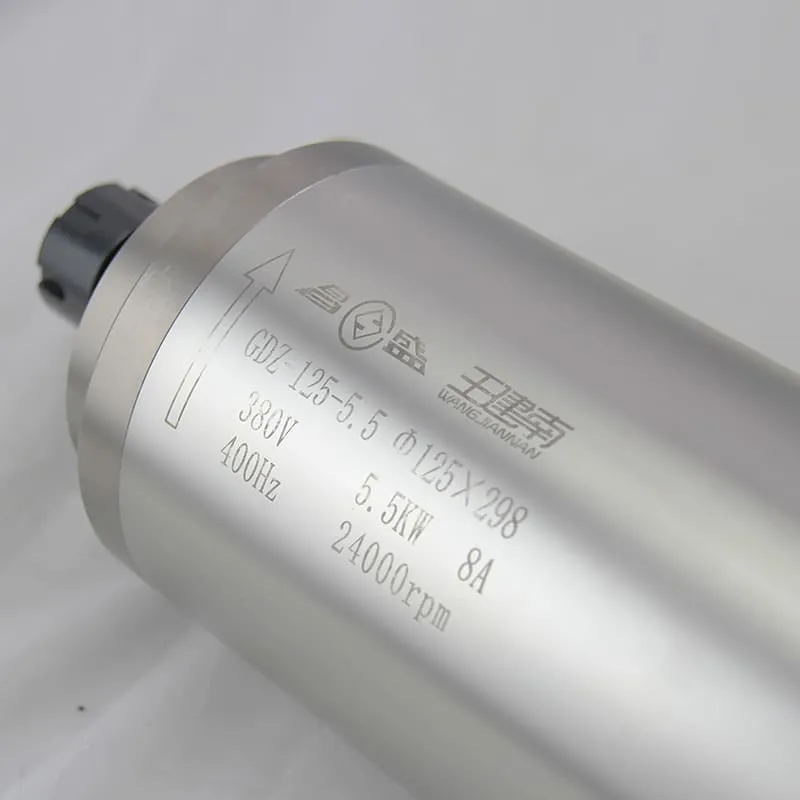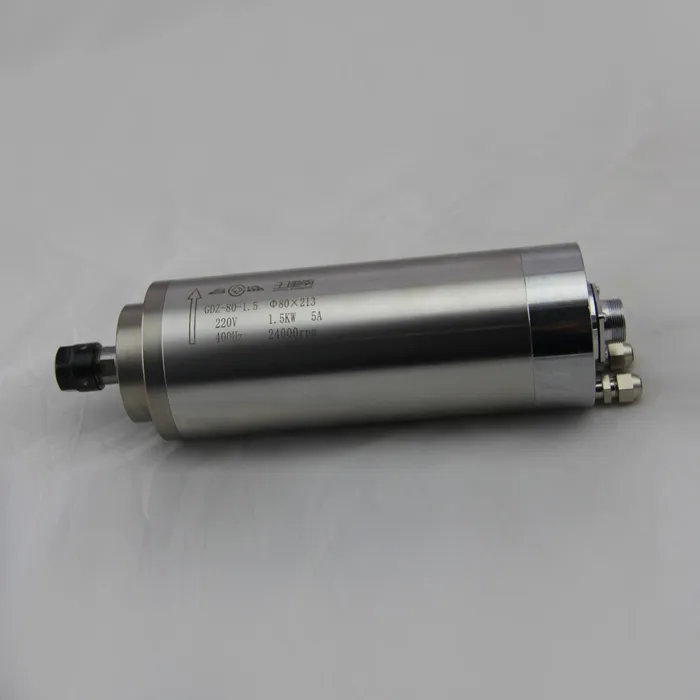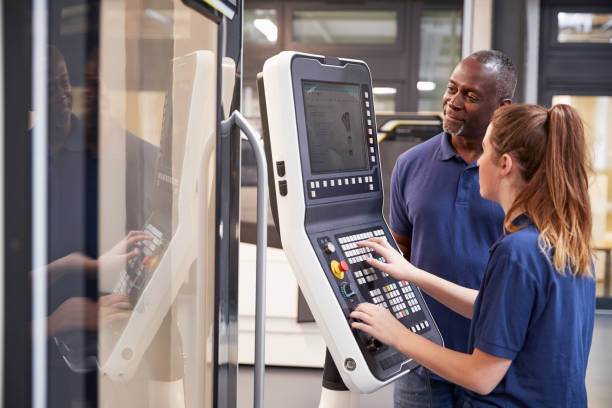How Long Does CNC Machining Take?
CNC machining is a cornerstone of modern manufacturing, renowned for its precision, versatility, and efficiency. One of the most common questions in the industry is: how long does CNC machining take? The answer to this question is not straightforward, as the duration of CNC machining can vary significantly depending on numerous factors. In this comprehensive guide, we’ll explore the various elements that influence CNC machining time and provide insights into optimizing the process for efficiency.
Understanding CNC Machining Time
CNC machining time refers to the total duration required to produce a part from start to finish using a Computer Numerical Control (CNC) machine. This process includes several stages, each contributing to the overall machining time:
- Setup time
- Actual cutting time
- Tool changes
- Inspection and quality control
- Post-processing (if required)
The complexity of these stages can vary greatly depending on the specific project requirements.
Factors Influencing CNC Machining Time
Several key factors determine how long CNC machining takes:
1. Part Complexity
The complexity of the part being machined is perhaps the most significant factor in determining machining time. Complex geometries with intricate features, tight tolerances, and multiple surfaces generally require more time to machine than simpler parts.
2. Material Properties
The type of material being machined significantly affects the cutting time. Harder materials like stainless steel or titanium require slower cutting speeds and feeds, increasing machining time. Softer materials like aluminum or plastics can be machined more quickly.
3. Machine Capabilities
The specifications of the CNC machine itself play a crucial role in determining machining time. Factors such as spindle speed, axis travel speeds, and tool change times all impact the overall duration. For instance, a high-speed spindle can significantly reduce cutting time for certain operations.

A 24000RPM 3KW ER20 Water-Cooling Spindle, crucial for efficient CNC machining
4. Tooling Selection
The choice of cutting tools affects both the cutting speed and the number of operations required. High-quality tools optimized for specific materials and operations can significantly reduce machining time.
5. Programming and Optimization
The efficiency of the CNC program, including toolpath strategies and cutting parameters, directly impacts machining time. Well-optimized programs can reduce cycle times substantially.
6. Batch Size
The number of parts being produced affects the overall time per part. Larger batches can benefit from reduced setup times per piece, as the initial setup is spread across more units.
Typical CNC Machining Times
While exact times can vary widely, here are some general estimates for different scenarios:
- Simple Parts: Small, simple parts with few features might be machined in as little as 15 minutes to an hour.
- Moderate Complexity: Parts with moderate complexity might take 1-3 hours to machine.
- High Complexity: Highly complex parts or those requiring tight tolerances could take anywhere from 4-20 hours or more.
- Prototypes: One-off prototypes often take longer due to additional setup and programming time.
It’s important to note that these are rough estimates and actual times can vary significantly based on the factors mentioned earlier.
Strategies for Reducing CNC Machining Time
Optimizing CNC machining time is crucial for improving efficiency and reducing costs. Here are some strategies to consider:
1. Optimizing CAM Programming
Efficient toolpath strategies can significantly reduce machining time. This includes:
- Minimizing unnecessary tool movements
- Optimizing cutting parameters for each operation
- Utilizing high-efficiency machining strategies like trochoidal milling
2. Investing in High-Performance Tools and Equipment
Using high-quality cutting tools and advanced spindles can dramatically reduce cutting times. For instance, a 24000RPM 5.5KW ER25 Water-Cooling Spindle can handle higher cutting speeds and feeds, reducing overall machining time.

A high-performance 24000RPM 5.5KW ER25 Water-Cooling Spindle for faster machining
3. Implementing Multi-Axis Machining
Using 4-axis or 5-axis machining can reduce the number of setups required, significantly decreasing overall machining time for complex parts.
4. Optimizing Workholding
Efficient workholding solutions can reduce setup times and allow for machining multiple parts in a single setup.
5. Utilizing Advanced CNC Features
Modern CNC machines often have features like high-speed machining modes, adaptive feed control, and automated tool measurement that can reduce cycle times.
The Role of Material in CNC Machining Time
The choice of material has a significant impact on machining time. Here’s a comparison of common materials and their relative machining times:
| Material | Relative Machining Time | Factors Influencing Time |
|---|---|---|
| Aluminum | Fast | Soft, high cutting speeds possible |
| Mild Steel | Moderate | Harder than aluminum, requires slower speeds |
| Stainless Steel | Slow | Hard, tough, requires slower speeds and specialized tooling |
| Titanium | Very Slow | Extremely tough, requires specialized tooling and techniques |
| Plastics | Very Fast | Soft, can be machined at high speeds |
The material choice not only affects cutting speed but also tool wear, which can indirectly impact machining time through more frequent tool changes.
The Impact of Part Design on Machining Time
The design of a part can significantly influence how long CNC machining takes. Consider the following design aspects:
- Feature Complexity: Intricate details and complex geometries increase machining time.
- Tolerances: Tighter tolerances require more precise machining, often at slower speeds.
- Surface Finish Requirements: Higher quality finishes may require additional passes or post-processing.
- Material Removal: Parts requiring extensive material removal will take longer to machine.
Designers can optimize parts for CNC machining by:
- Avoiding unnecessarily tight tolerances where not required
- Designing parts with standard tool sizes in mind
- Minimizing the need for deep pockets or cavities where possible
The Importance of Machine Setup in CNC Machining Time
Machine setup is a critical but often overlooked aspect of CNC machining time. Efficient setup processes can significantly reduce overall production time, especially for small to medium batch sizes. Key considerations include:
- Workholding Optimization: Using quick-change fixturing or palletized systems can dramatically reduce setup times between parts.
- Tool Management: Implementing efficient tool management systems and using sister tooling can minimize downtime during tool changes.
- Programming Preparation: Having programs ready and verified before setup begins can eliminate delays.
For complex parts or large production runs, the time invested in optimizing setup can lead to substantial time savings over the course of the project.
Advanced Techniques for Reducing CNC Machining Time
As technology advances, new techniques are emerging to further reduce CNC machining times:
1. Hybrid Manufacturing
Combining additive manufacturing with CNC machining can reduce overall production time for certain parts. For example, near-net-shape parts can be 3D printed and then finished with CNC machining, reducing the amount of material removal required.
2. Artificial Intelligence in CAM
AI-powered CAM software can optimize toolpaths and cutting parameters more effectively than traditional methods, potentially reducing machining times by 20-30%.
3. In-Process Measurement
Advanced probing systems allow for in-process measurement, reducing the need for separate inspection steps and allowing for real-time adjustments to maintain accuracy.
4. High-Speed Machining (HSM)
HSM techniques, when combined with appropriate tooling and high-speed spindles, can dramatically reduce machining times for certain materials and geometries.

A 24000RPM 1.5KW ER16 Water-Cooled Spindle suitable for high-speed machining
The Balance Between Speed and Quality in CNC Machining
While reducing machining time is important for efficiency and cost-effectiveness, it’s crucial to maintain the required quality standards. Striking the right balance involves:
- Optimizing Cutting Parameters: Finding the sweet spot between speed and surface finish quality.
- Strategic Roughing and Finishing: Using aggressive parameters for roughing and more conservative ones for finishing passes.
- Quality Control Integration: Implementing efficient quality control measures that don’t significantly add to overall production time.
Remember, the fastest machining time isn’t always the most cost-effective if it leads to increased tool wear, more frequent machine maintenance, or quality issues.
The Role of Operator Skill in CNC Machining Time
While CNC machines are automated, the skill of the operator can significantly impact machining time. Experienced operators can:
- Quickly troubleshoot and resolve issues
- Optimize programs on the fly
- Efficiently manage tool wear and replacements
- Minimize setup times through experience and foresight
Investing in operator training and fostering a culture of continuous improvement can lead to substantial reductions in overall machining time.
The Future of CNC Machining Speed
Looking ahead, several trends are likely to impact CNC machining times:
- Integration of AI and Machine Learning: Predictive maintenance and real-time optimization of machining parameters.
- Advanced Materials: Development of new materials that are easier to machine without sacrificing performance.
- Improved Tooling Technologies: Cutting tools with longer life and ability to machine at higher speeds.
- Enhanced Machine Designs: CNC machines with faster accelerations, higher spindle speeds, and more efficient chip evacuation.
These advancements promise to further reduce CNC machining times while maintaining or improving part quality.
FAQs About CNC Machining Time
1. How does the complexity of a part affect CNC machining time?
Part complexity significantly impacts machining time. More complex parts with intricate features, tight tolerances, and multiple surfaces generally require more time to machine than simpler parts. Each additional feature or surface typically adds to the overall machining time.
2. Can changing the cutting tool type reduce CNC machining time?
Yes, selecting the right cutting tool can substantially reduce machining time. High-performance tools designed for specific materials and operations can allow for faster cutting speeds and feeds, reducing overall machining time. However, it’s important to balance tool cost with time savings.
3. How does batch size affect CNC machining time per part?
Larger batch sizes typically reduce the machining time per part. This is because the initial setup time is spread across more parts, and efficiencies can be gained through optimized workflows and reduced tool change times. However, the actual cutting time per part remains relatively constant.
4. What role does material choice play in determining CNC machining time?
Material choice significantly affects machining time. Softer materials like aluminum can be machined faster than harder materials like stainless steel or titanium. The material’s properties dictate the cutting speeds and feeds that can be used, directly impacting machining time.
5. How can CAM software optimization reduce CNC machining time?
CAM software optimization can significantly reduce machining time by creating more efficient toolpaths, optimizing cutting parameters, and minimizing unnecessary tool movements. Advanced CAM software can also utilize high-efficiency machining strategies like trochoidal milling, which can dramatically reduce cycle times for certain operations.
Conclusion
The question “How long does CNC machining take?” doesn’t have a simple, one-size-fits-all answer. The duration of CNC machining processes can vary widely, from mere minutes for simple parts to dozens of hours for complex, high-precision components. The time required depends on a multitude of factors, including part complexity, material properties, machine capabilities, tooling selection, and programming efficiency.
Understanding these factors and implementing strategies to optimize each aspect of the CNC machining process can lead to significant time savings. From investing in high-performance equipment like advanced spindles to optimizing CAM programming and implementing efficient setup procedures, there are numerous ways to reduce CNC machining times without compromising on quality.
As technology continues to advance, we can expect to see further reductions in CNC machining times. The integration of artificial intelligence, development of new materials and tooling technologies, and improvements in machine design all promise to make CNC machining faster and more efficient in the future.
However, it’s crucial to remember that speed is not the only consideration in CNC machining. The ultimate goal is to produce high-quality parts that meet specifications, and sometimes this may require additional time. The key is to find the optimal balance between speed, quality, and cost for each specific application.
For manufacturers and machine shops, understanding the factors that influence CNC machining time and staying abreast of the latest technologies and techniques is crucial for remaining competitive in today’s fast-paced manufacturing environment. By continually optimizing processes and investing in the right technologies, it’s possible to achieve impressive reductions in machining times while maintaining or even improving part quality.
In the end, the quest to reduce CNC machining time is an ongoing process of optimization, innovation, and continuous improvement. As we look to the future, it’s clear that CNC machining will continue to evolve, becoming faster, more precise, and more efficient, further cementing its place as a cornerstone of modern manufacturing technology.

